Description
Mercury is used in many industries. It’s used to produce chlorine gas and caustic soda, and in thermometers, barometers, batteries , and electrical switches
Mercury Compounds
- Mercury(II) Chloride (HgCl₂): A toxic compound used in some chemical processes.
- Mercury(II) Sulfide (HgS): Also known as cinnabar, used historically as a pigment.
- Mercury(I) Chloride (Hg₂Cl₂): Also known as calomel, used in some medical applications historically.
Health Risks
- Toxicity: Mercury is highly toxic, particularly in its vapor form and as methylmercury, which accumulates in the food chain. Exposure can damage the nervous system, kidneys, and other organs.
- Symptoms of Poisoning: Symptoms can include tremors, memory problems, irritability, and vision or hearing impairment.
- Environmental Impact: Mercury pollution can result from industrial processes, mining, and improper disposal of mercury-containing products, affecting ecosystems and wildlife.
Safety and Regulations
- Handling: Proper safety measures must be in place when handling mercury or mercury-containing products. This includes using personal protective equipment (PPE) and working in well-ventilated areas.
- Regulations: Many countries have regulations concerning the use, disposal, and cleanup of mercury due to its toxicity. For instance, the Minamata Convention on Mercury aims to reduce mercury emissions and releases into the environment.
Contemporary Applications
- Medical Uses: Mercury use in medicine has significantly declined due to health risks. Alternatives are often used now.
- Scientific Research: Mercury is still used in some scientific research, but with strict controls and safety measures.
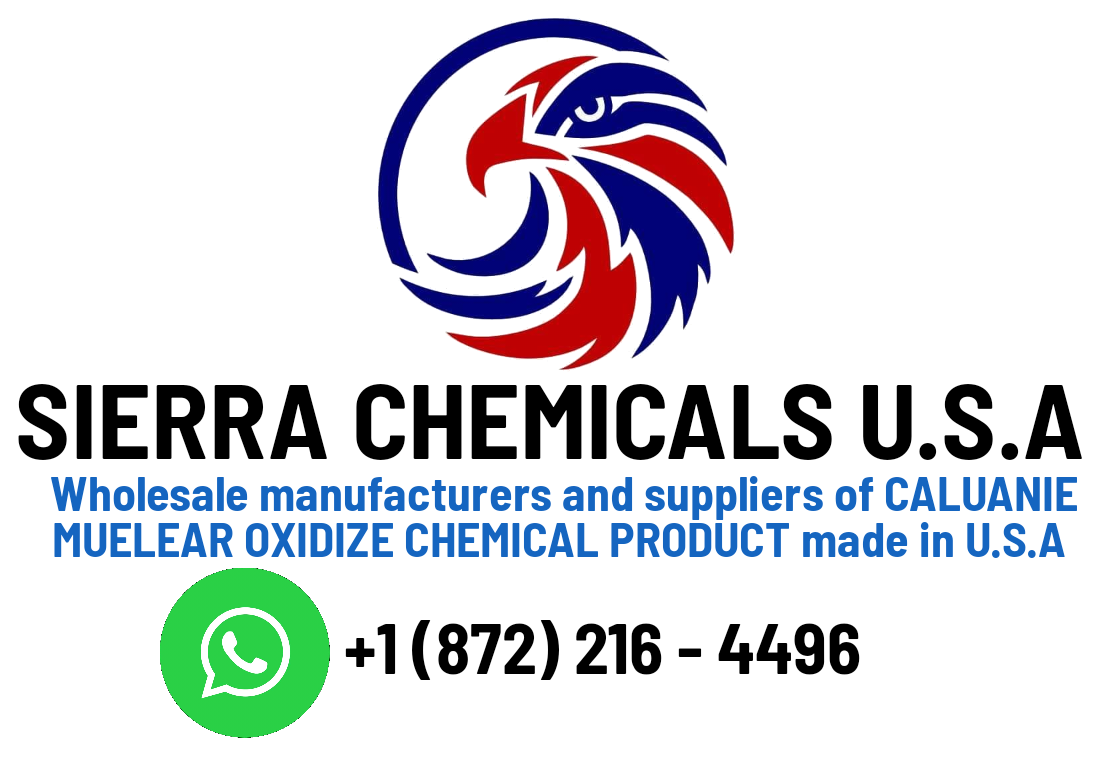
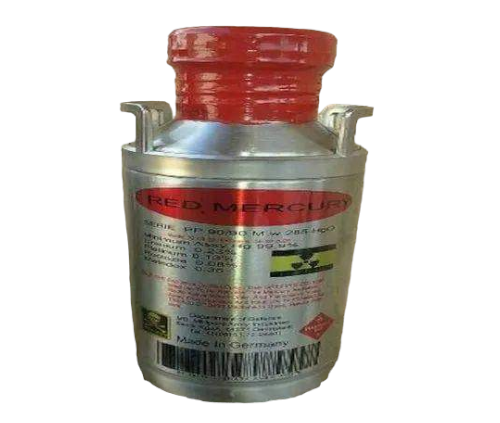
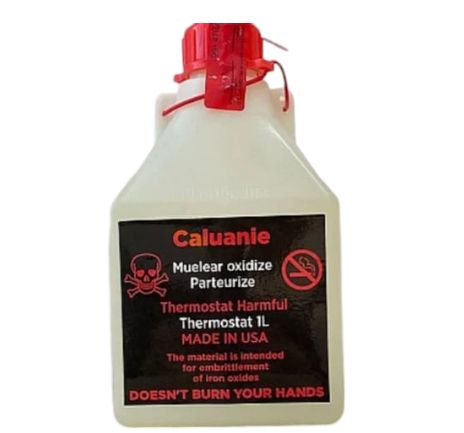
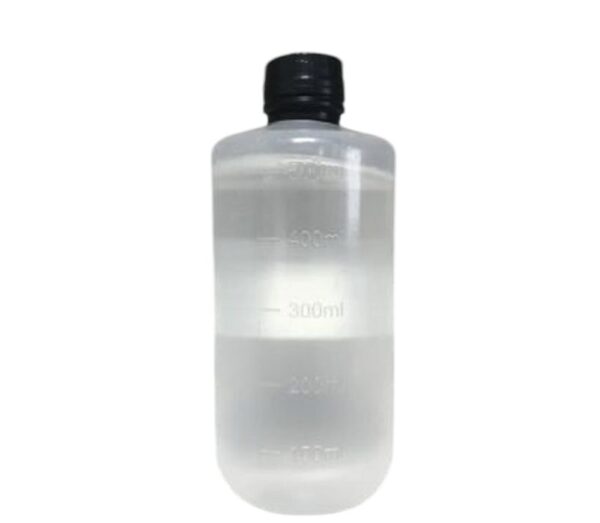
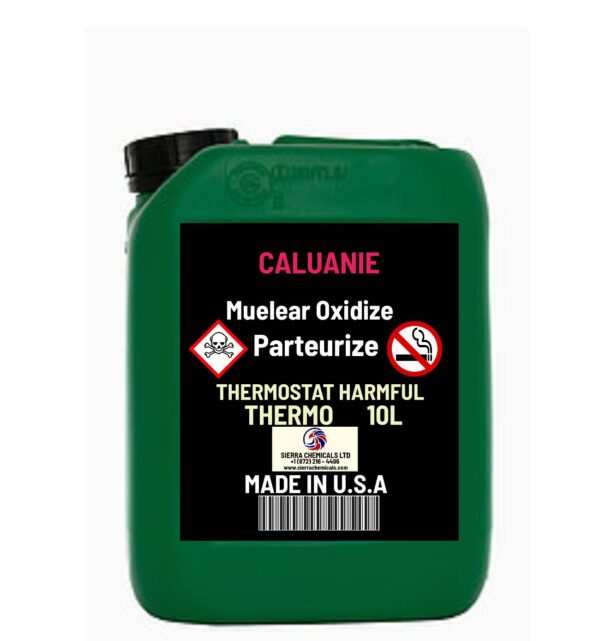
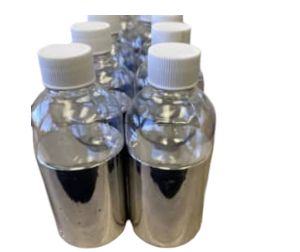
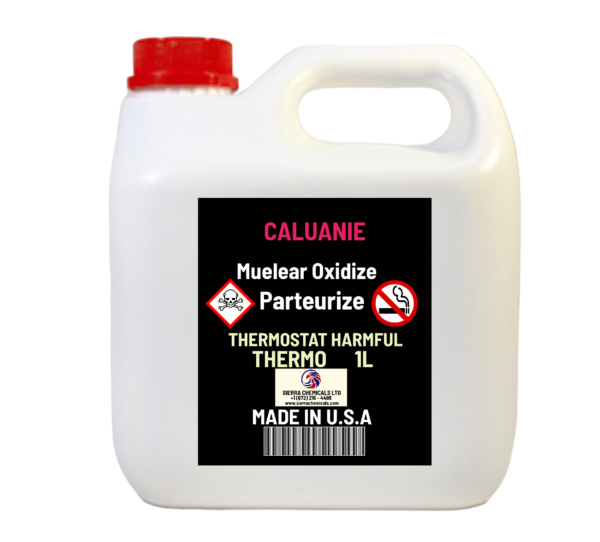
Reviews
There are no reviews yet.